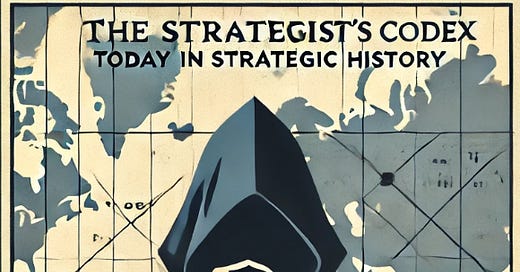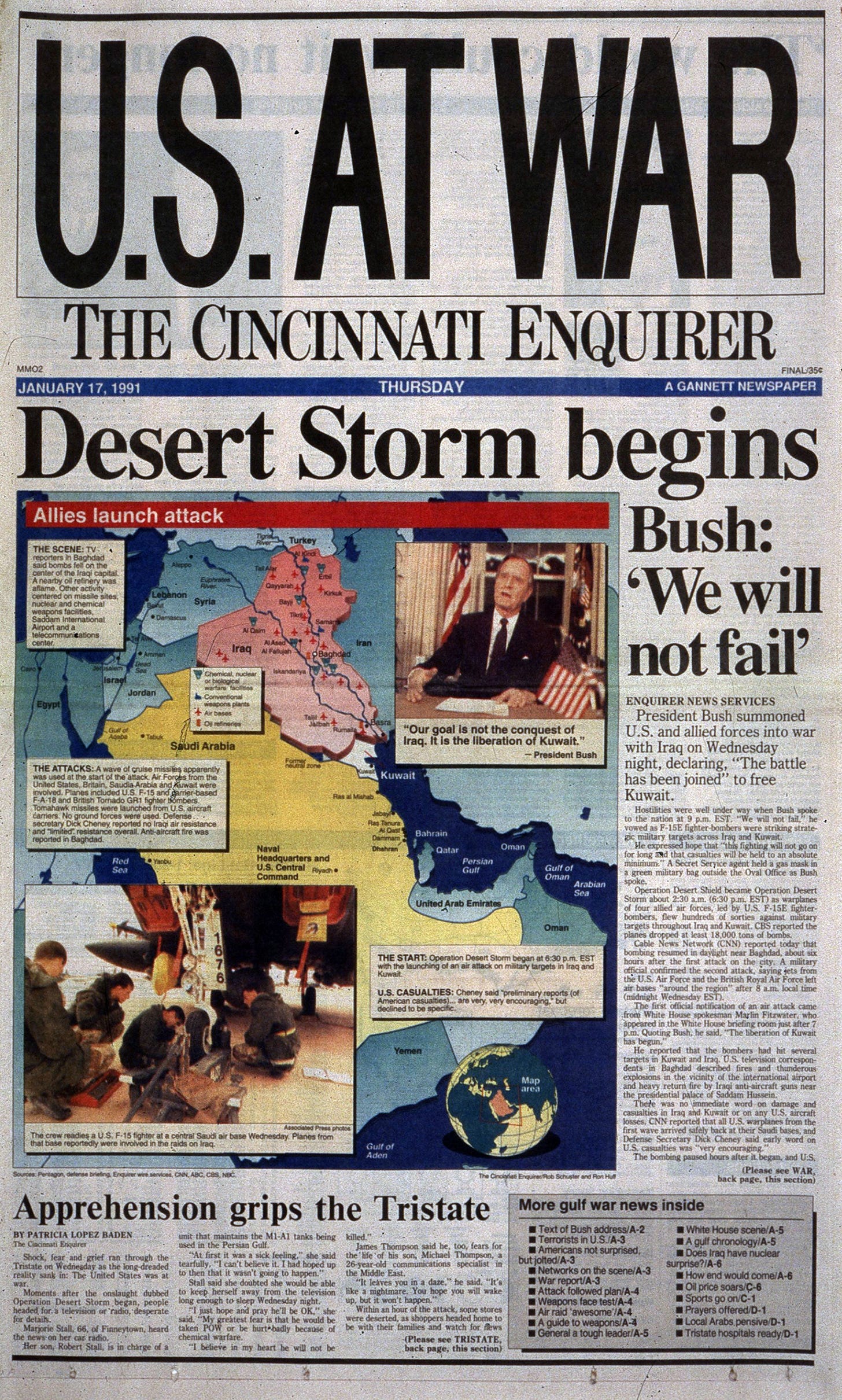As the clock struck midnight on January 16, 1991, the skies over Iraq and Kuwait erupted with the sound of jet engines and explosions. Operation Desert Storm had begun, ushering in a new era of warfare that would reshape military doctrine for decades to come. In the darkness, F-117 Nighthawk stealth fighters sliced through Iraqi airspace, their angular shapes designed to evade radar detection. These harbingers of destruction struck with surgical precision, targeting key command and control centers. Meanwhile, waves of Tomahawk cruise missiles arced across the night sky, their preprogrammed routes guiding them unerringly to their targets. The air campaign that unfolded over the following hours and days was a testament to meticulous planning and technological prowess. Coalition forces, led by the United States, unleashed a coordinated assault that overwhelmed Iraqi defenses. The operation's success hinged on several groundbreaking strategies and tactics:
Precision-guided munitions
Stealth technology
Network-centric warfare
Psychological operations
Suppression of Enemy Air Defenses (SEAD)
Parallel warfare
As dawn broke on the first day, the full extent of the coalition's technological superiority became apparent. Iraqi forces, still relying on conventional warfare tactics, found themselves outmaneuvered and outgunned at every turn. The skies above Baghdad, once thought impenetrable, now belonged to coalition aircraft. In command centers across the theater, military leaders watched in real-time as their carefully orchestrated plan unfolded. The network-centric approach allowed for unprecedented coordination between air, land, and sea assets, creating a synergy that multiplied the effectiveness of each strike. As the days progressed, the relentless air campaign systematically dismantled Iraq's military infrastructure. Bridges collapsed, communication networks fell silent, and supply lines were severed. The Iraqi military, once considered the fourth-largest in the world, was being reduced to a shadow of its former self.
Operation Desert Storm not only achieved its military objectives but also served as a proving ground for technologies and tactics that would define warfare in the 21st century. The success of this air campaign would influence military planning and doctrine for years to come, cementing the importance of precision, stealth, and information dominance in modern conflict.




